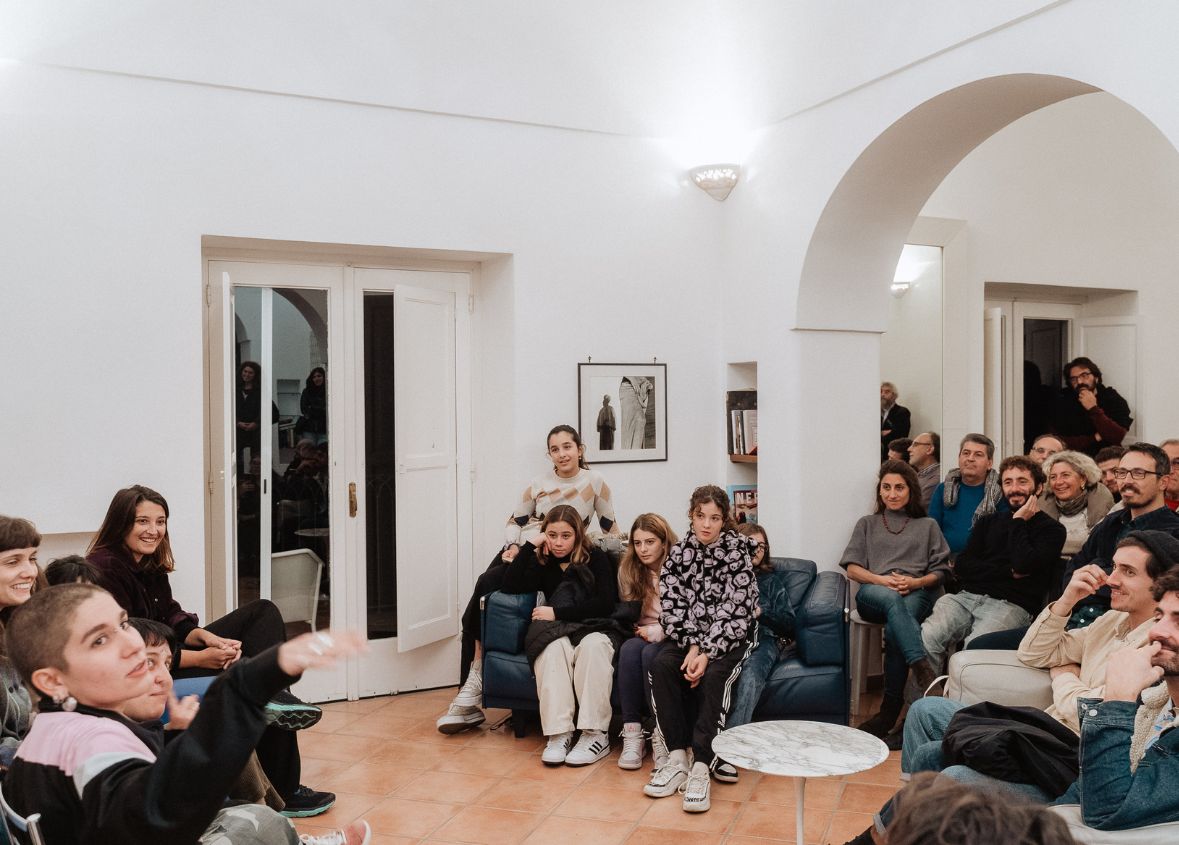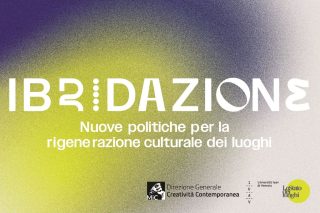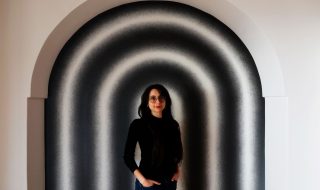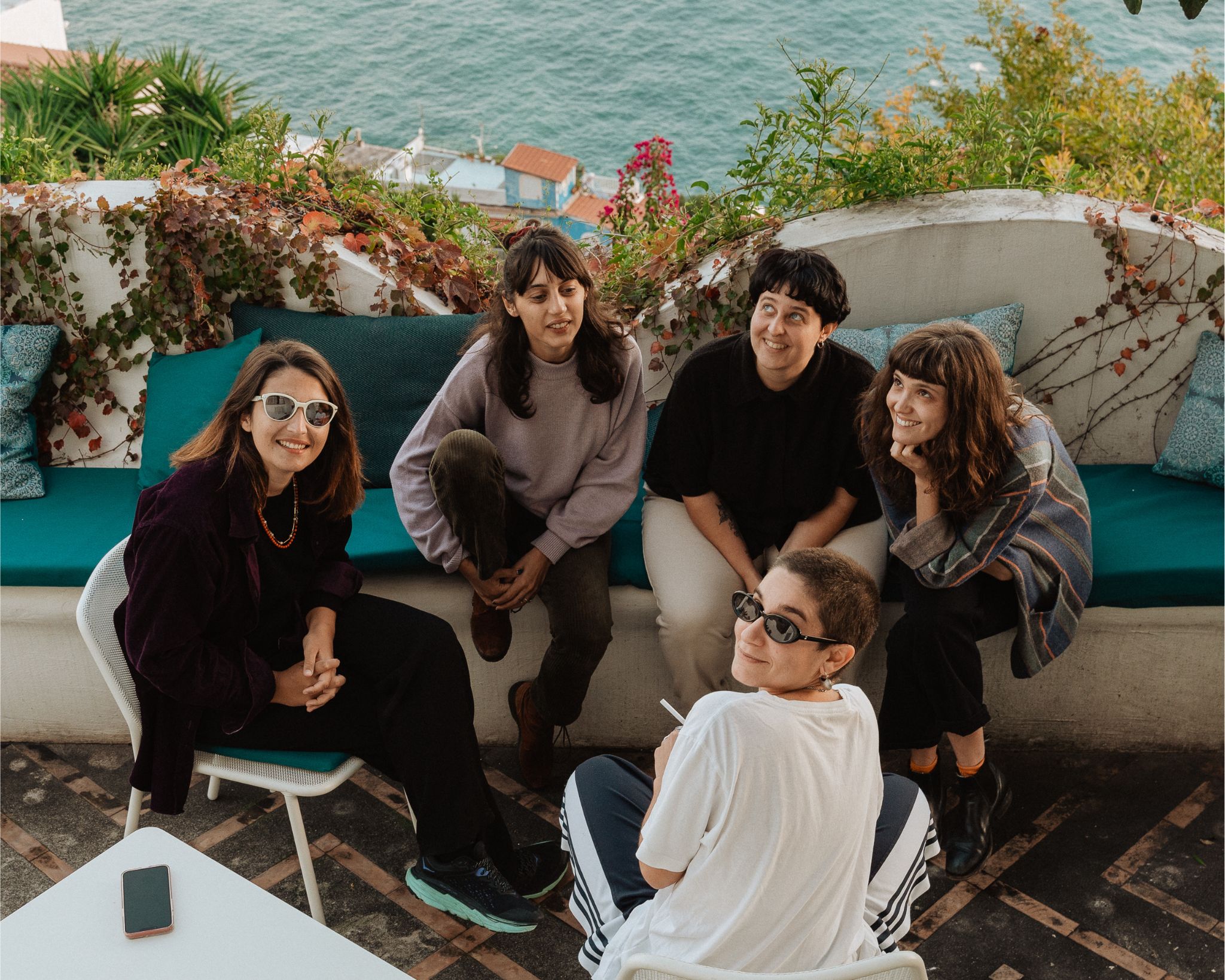
After concluding the IS.LAND residency in the context of Procida Italian Capital of Culture 2022, the Collective ৺ ෴ ර ∇ ❃ ﹌﹌ left the Island of Arturo to land on the Amalfi coast, in Praiano, to continue the research begun in the Aeolian island of Alicudi, where some legends concerning witch-like women, the so-called majare, are known.
«The idea that women could be free from their social function as mother and daughter has always been at the heart of men's nightmares and terror: just as the majare, the janare too, similar figures of the Campania tradition, exercise their desire to escape through the flight and participation in the sabbaths, as a desire to temporarily escape from an oppressive everyday life.»
From 31 October to 26 November 2023, the collective was a guest of Marea at Casa L'Orto to deepen the research on the janare through interviews and meetings with the area's inhabitants. «In addition to the stories of the sea, we are also interested in all the mythologies and stories related to the other side of the coast, that of the mountainous hinterland: the stories of the healers and the stories of women's work which took place mainly in contact with the earth. We have tried to connect with these stories to understand how they can live again in everyday life and our political imagination».
Volare via Mare: an introduction
Thanks to the knowledge of the local inhabitants, in particular of Praiano and Positano, who shared their family legends and the tales of the autochthonous tradition, the Collettivo ৺ ෴ ර ∇ ❃ ꩜ ﹌﹌ was able to find many points of contact between the Sicilian tradition and that of Campania, an example among all, the formulas recited before taking off:
“vento e sottovento, portami a sopravento”
“vient e sott vient e sott o muro e mulumiento”
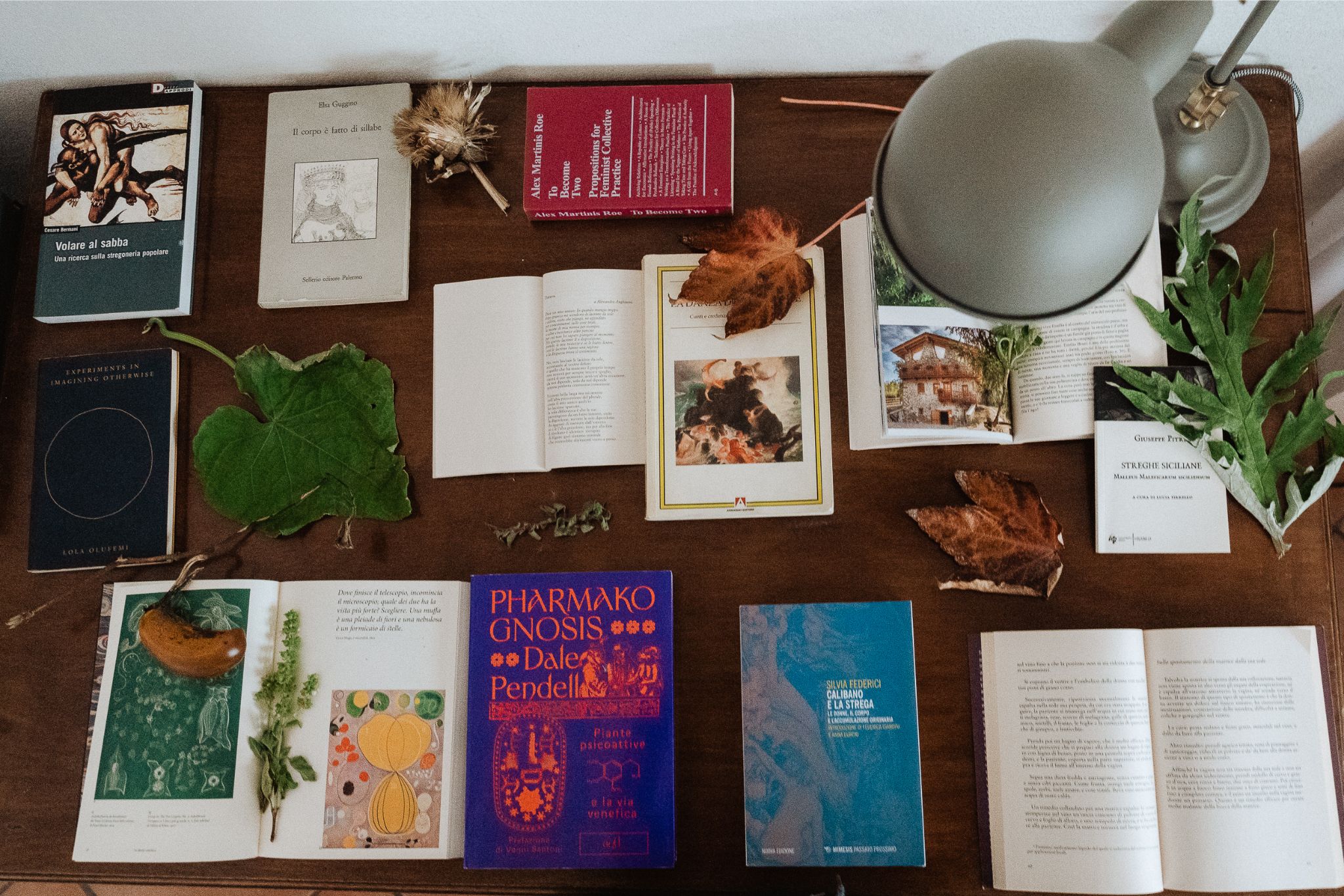
Places and community
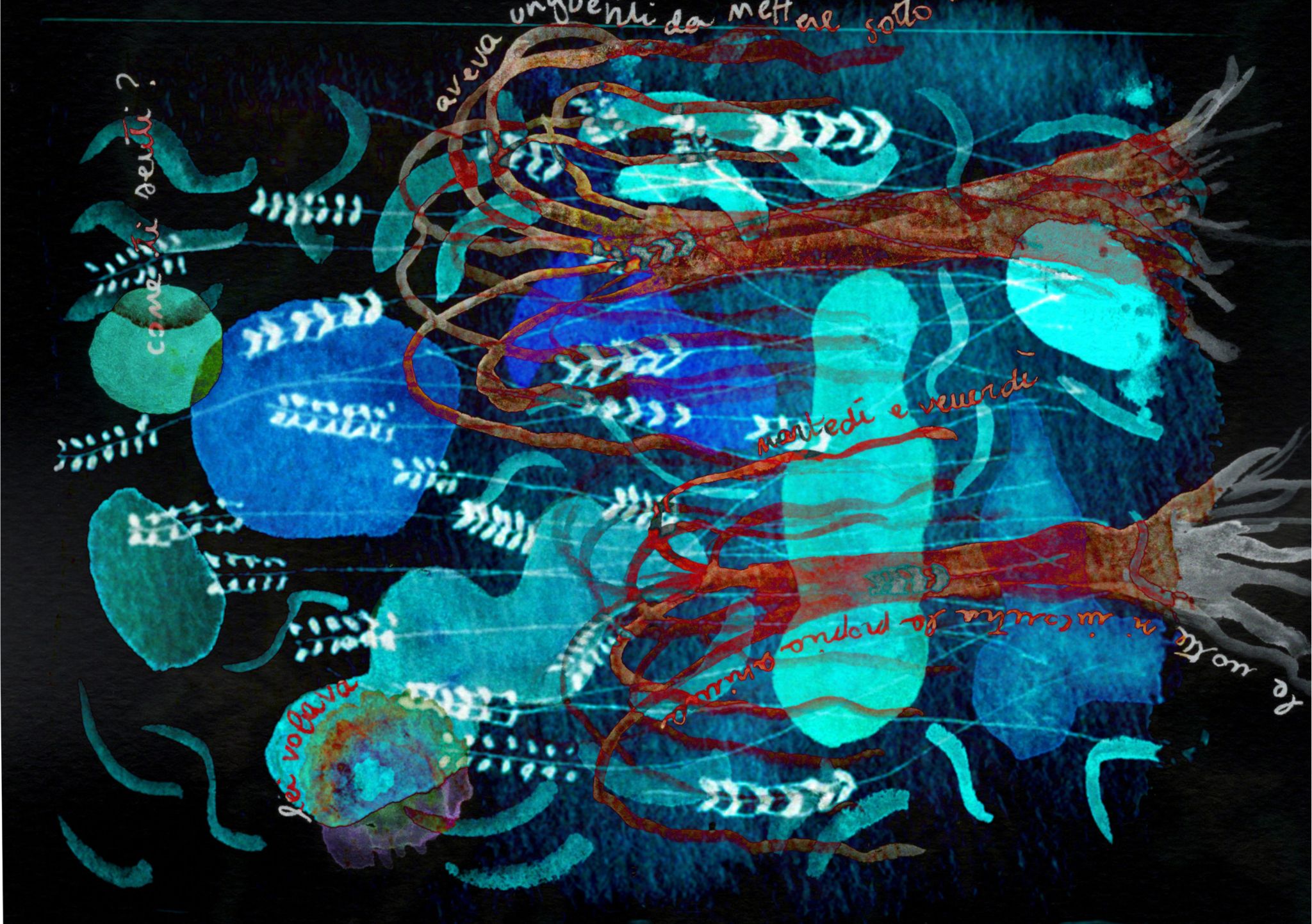
Trotula De Ruggero and the healing technics
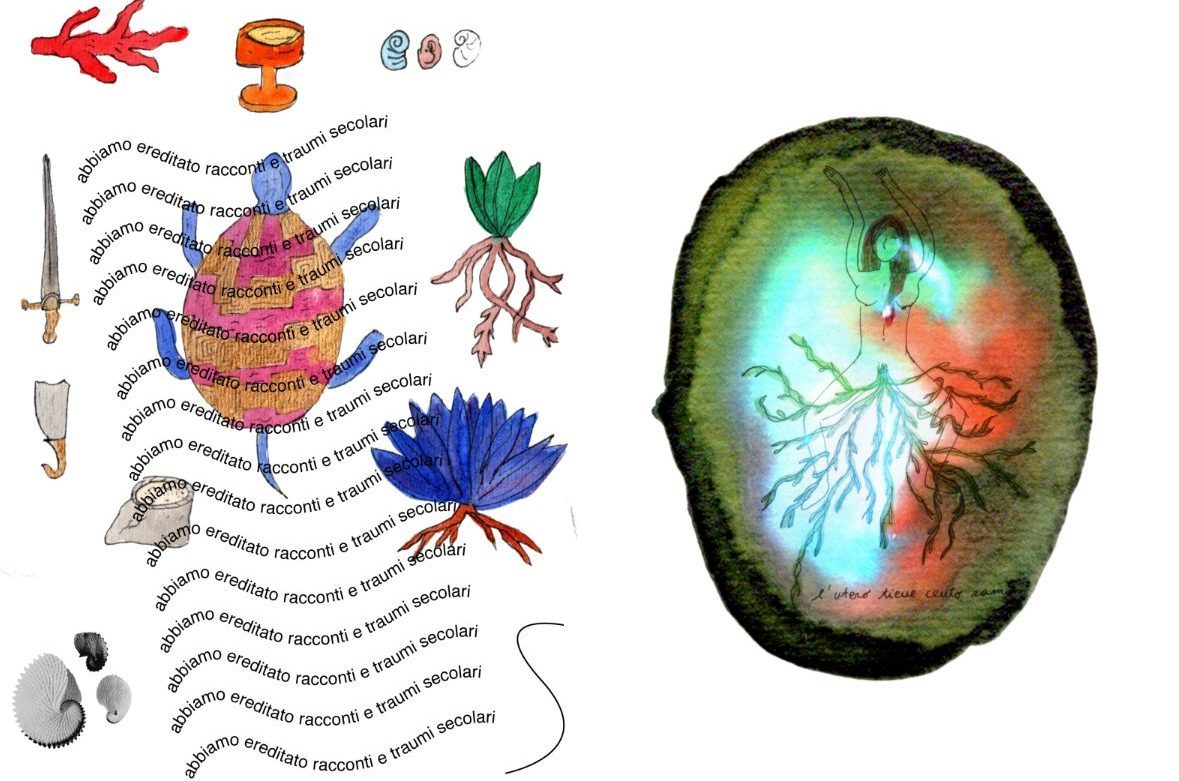
During the month of residence on the Amalfi coast, the collective was able to deepen the "imaginative capacity of these figures who, through the use and knowledge of plants and other knowledge, have found a way to get out of the roles imposed on them by society while taking care of the community, often for free.»
Trotula lived in an incredible period for the Coast when she was learning all the Arab, Jewish, and Christian knowledge that came together and contaminated. And unexpectedly, at that moment, some women guided the doctors of the time with their learning".
Praiano, Datura, and its psychoactive properties
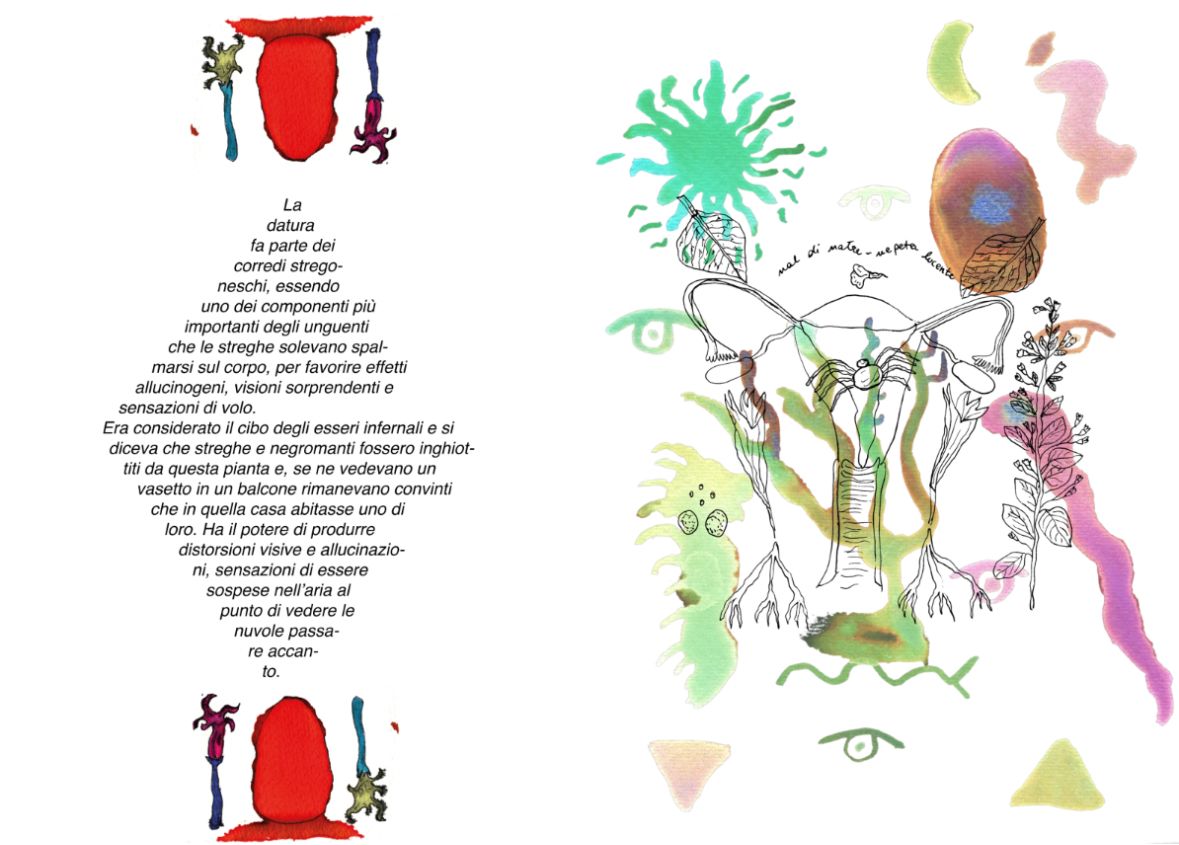
In particular, in Praiano, «we found a fascinating plant, the datura, a beautiful bell-shaped plant; they also call it Angel Trombone. It is a plant that, taken in certain quantities, can have poisonous properties; in others, it can instead be psychoactive and "make you travel" or "make you fly."
"It's nice to imagine what it meant for them to leave the domestic environment, often oppressive and patriarchal, to meet and eat delicious food or dance together under the famous Benevento walnut tree."
Meeting with Seby and Faustina Fusco: the Pozzo of the Witches and the Guarramone
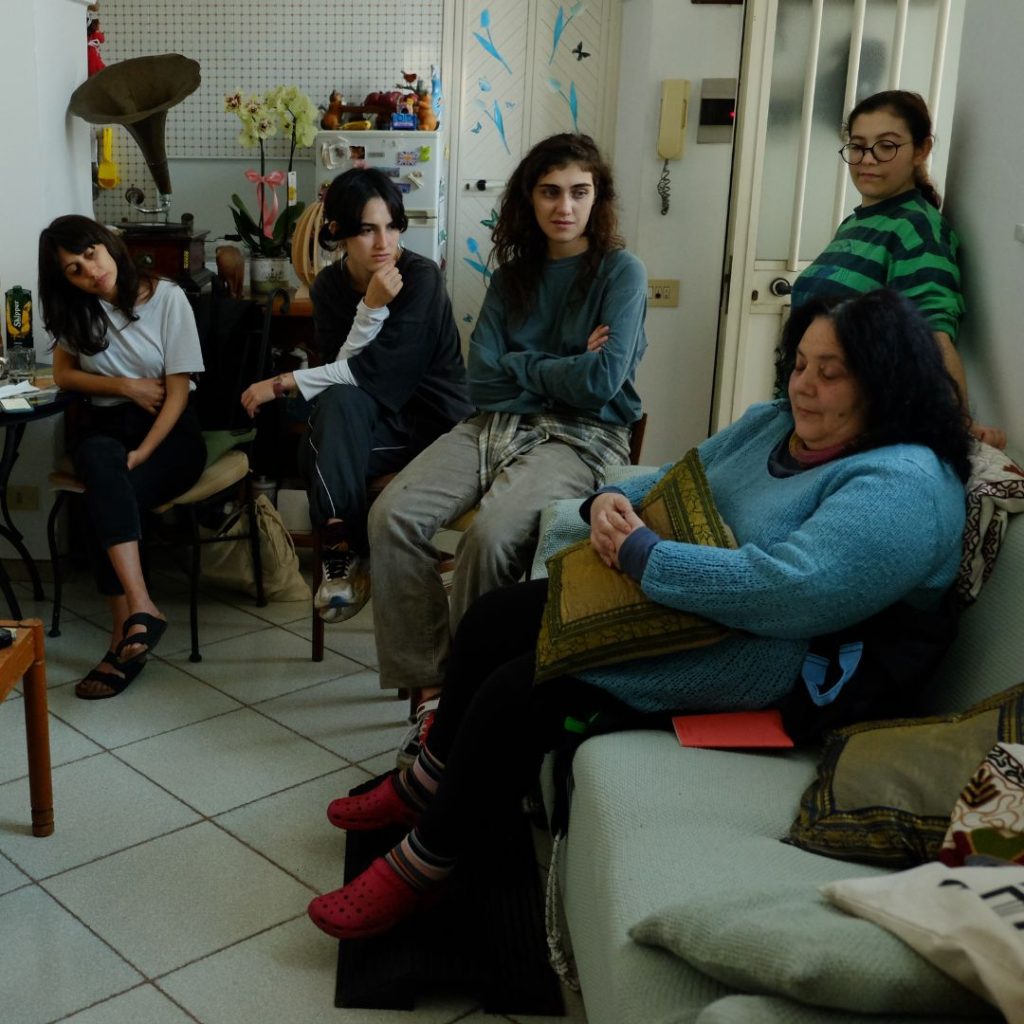
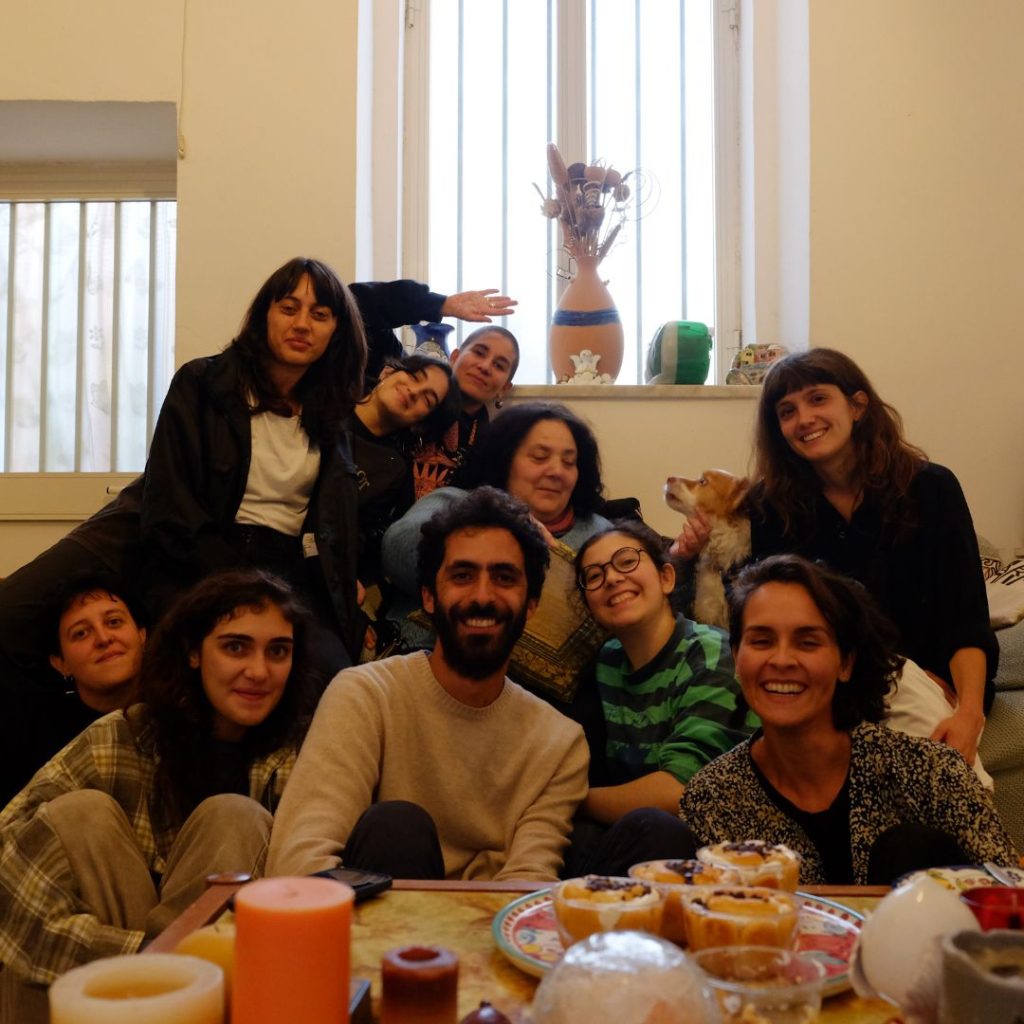
To go deeper into the research on janare and healers capable of using herbs for therapeutic purposes, we went to see Faustina and Seby Fusco, a woman from Praiano with a diploma in opera singing and a profound connoisseur of stories and traditions related to local oral culture, and not only.
Seby told us that Praiano has always been magical and that in the village, there are two important places for the janare: the Pozzo delle Streghe, near the Praia bridge, and the Guarramone, down at the Gavitella beach.
"My great-grandmother, Giovannina, was a janara. They called her the Lupamagna, which means devourer of men. She had a small room with many arches where she kept small bottles containing oils and ointments. If someone got hurt, she knew how to cure it with a mixture of paretaria grass and rue, dented with a stone in a mortar.
My father told me that, thanks to an ointment he put under her armpits, she knew how to fly. One day, someone changed it for her, and she fell downstairs. She did not die, and so then took her revenge.
Another anecdote is from my mother's grandmother. She said that a woman had got together with another woman's boyfriend. This she turned to a janara who made a magic potion for the man by putting menstrual blood in the coffee.
When we were little, they always told stories of Monacelli and janare. All things that need meditation, a thought, were born at night. Meditating, I understood why: the night is a way of talking to the soul, that part of us that we don't see but is there and makes you come to terms with yourself.»
Teresita, the students of Praiano, and the thaumaturgical dimension of the talismans
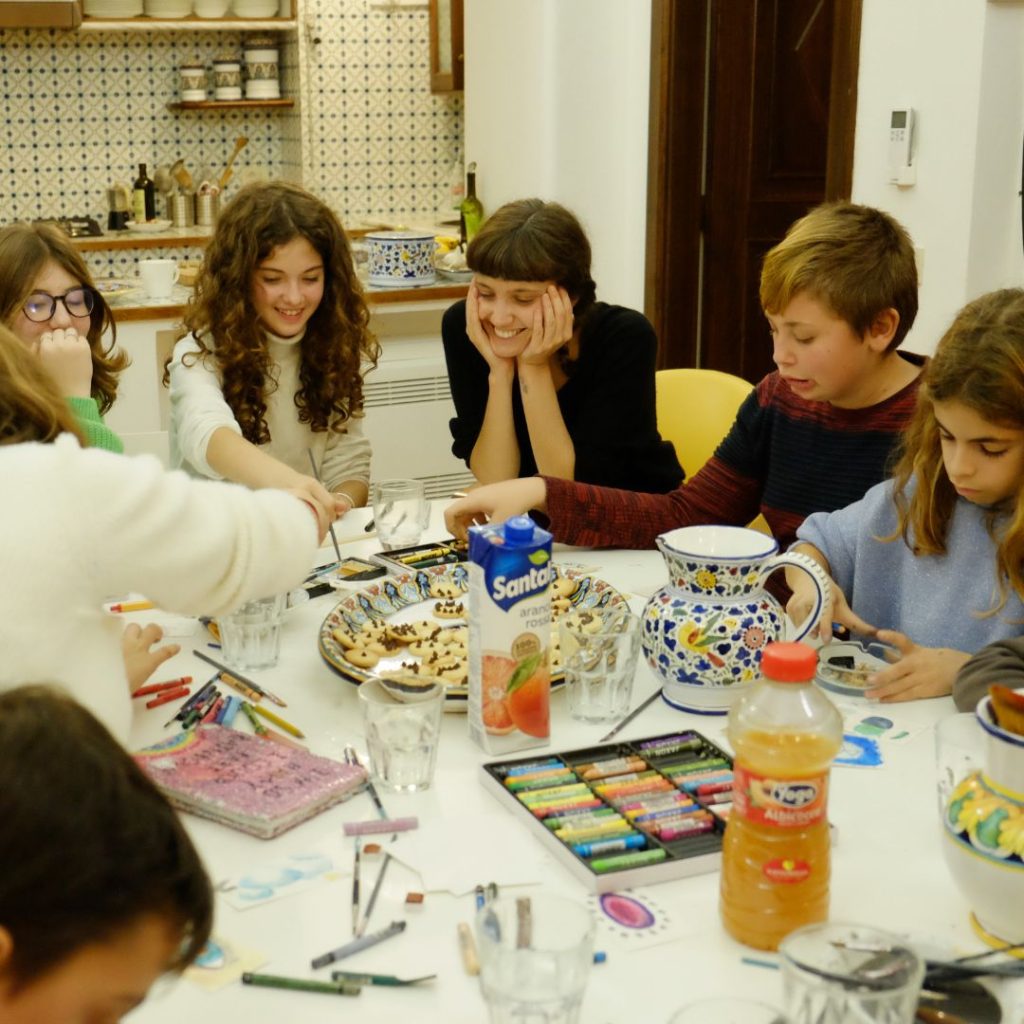
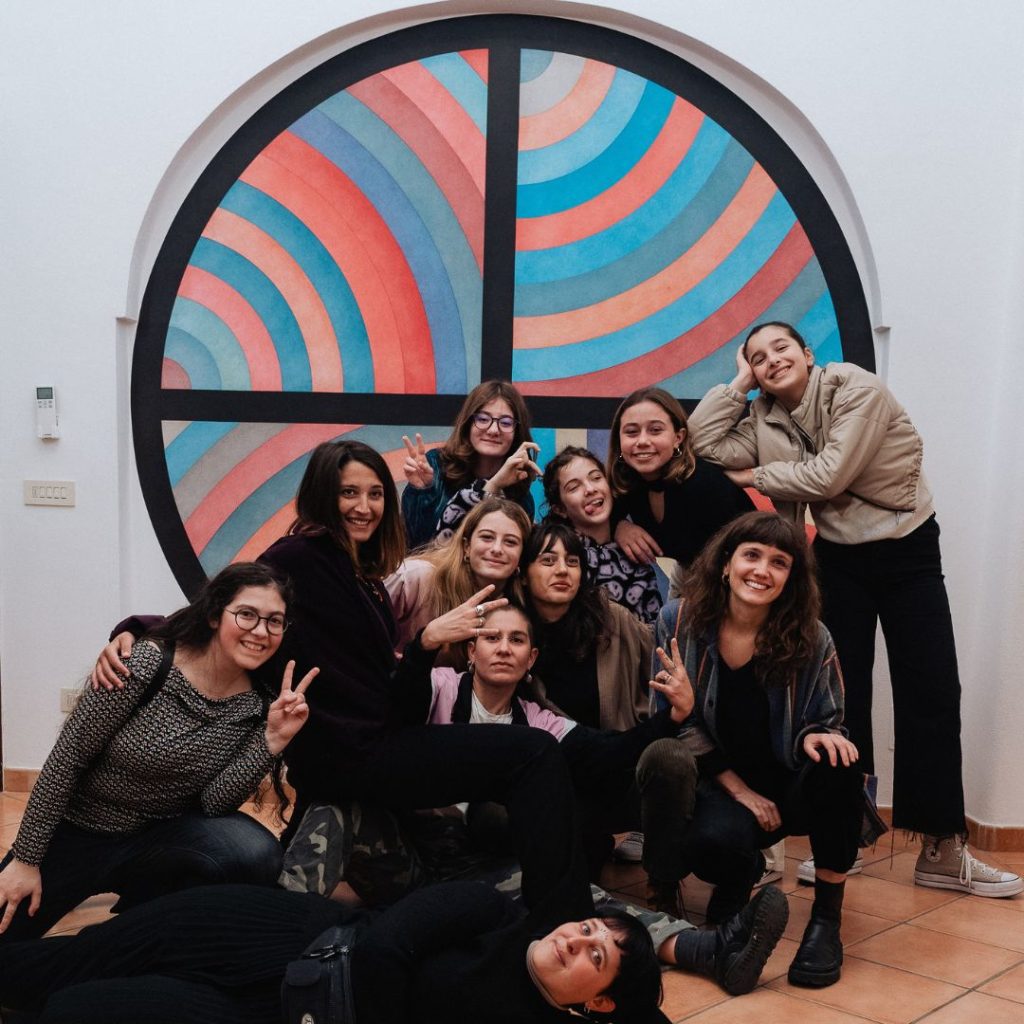
To fill this void, the collective has interviewed and met people of different generations who inhabit these places. Thanks to Teresita Rispoli, teacher of the lower secondary school of Praiano, the Collettivo ৺ ෴ ර ∇ ❃ ﹌﹌ spent an afternoon with her alums, experimenting together the practice of collective drawing.
Through the experiences and memories of Teresita and the kids, stories kept by the community of Praiano and fragments of personal stories and mythologies related to the territory have emerged. «Inspired by Teresita, these young people continue to collect stories and tales, interviewing their relatives, thus reconstructing new cosmologies, which are important to preserve.»
Sound meditation exercises with the artists Alice and Altea
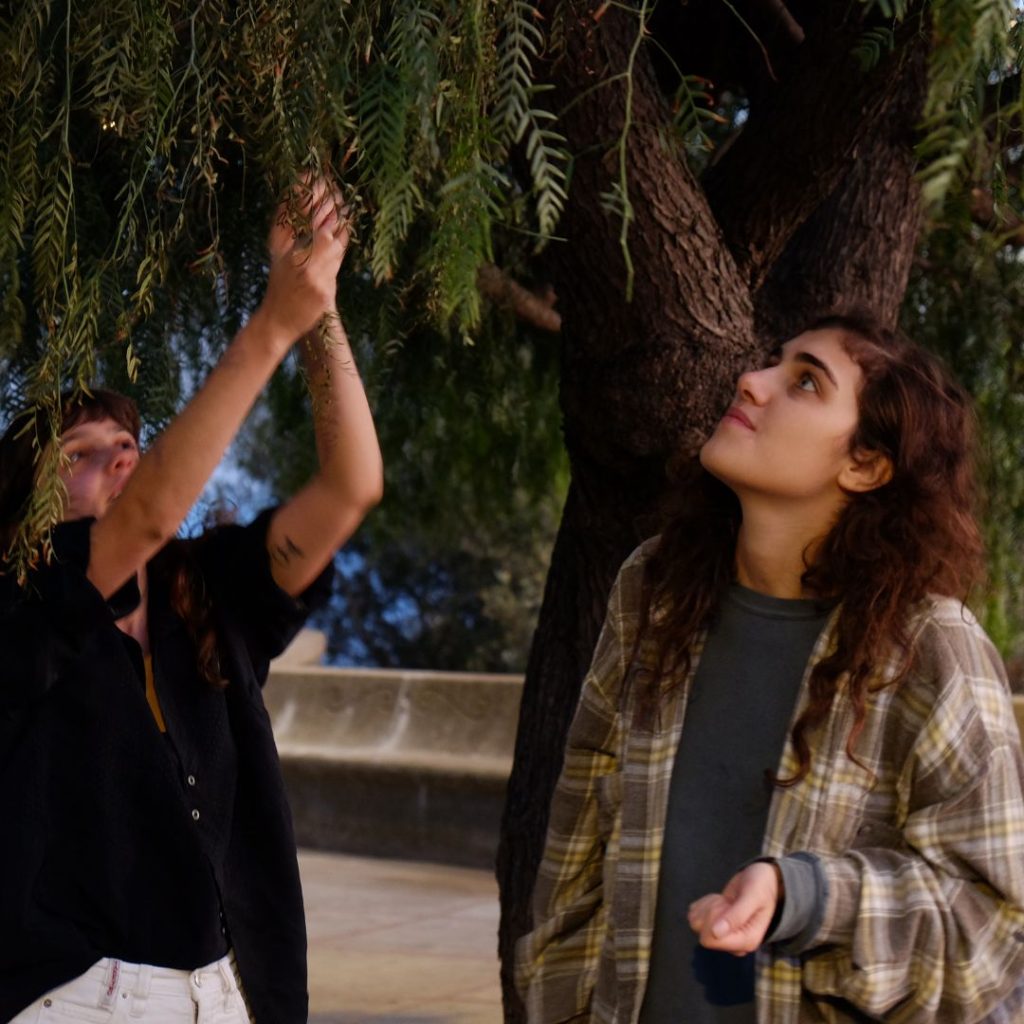
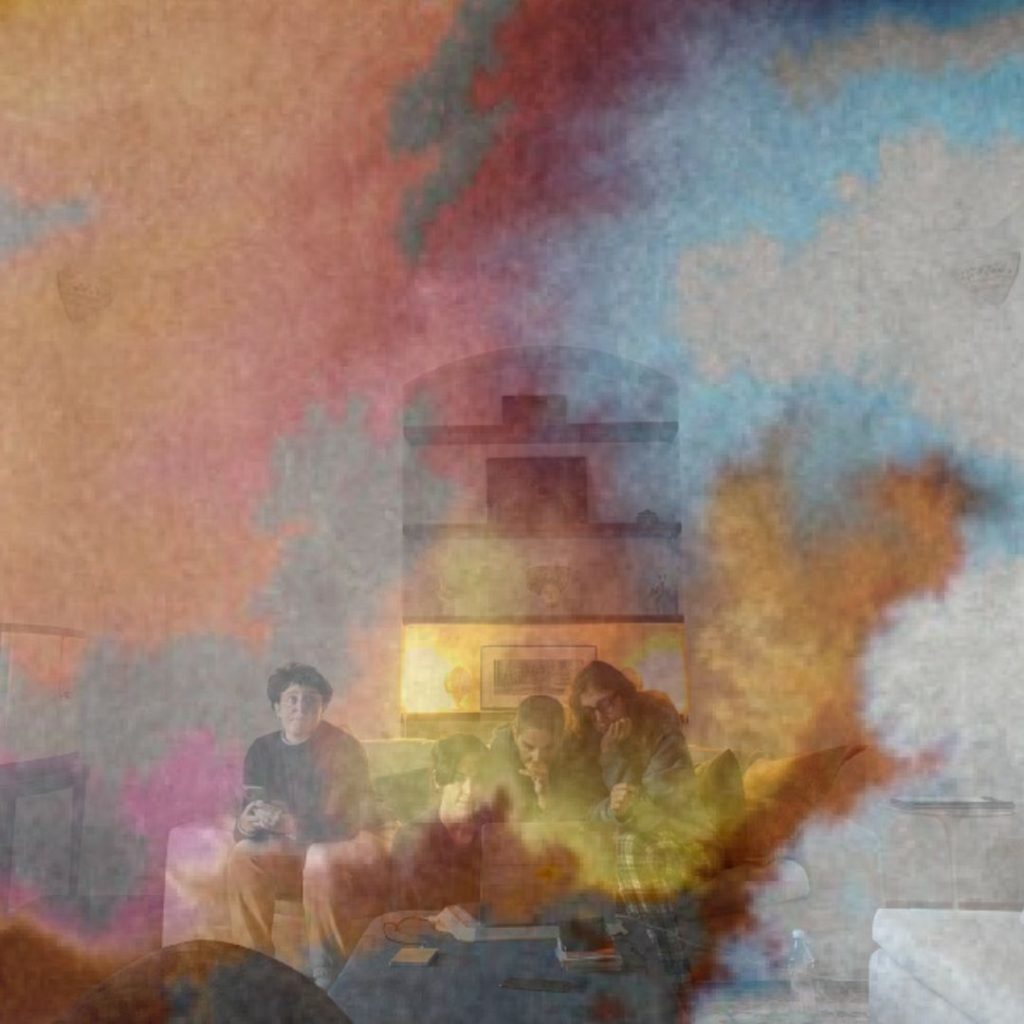
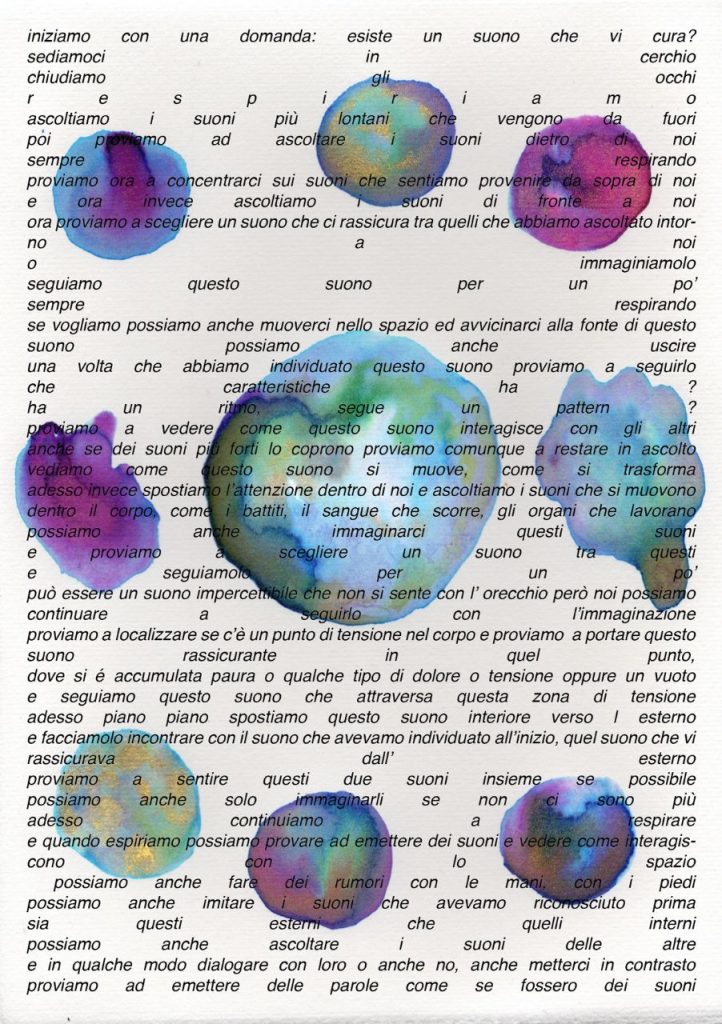
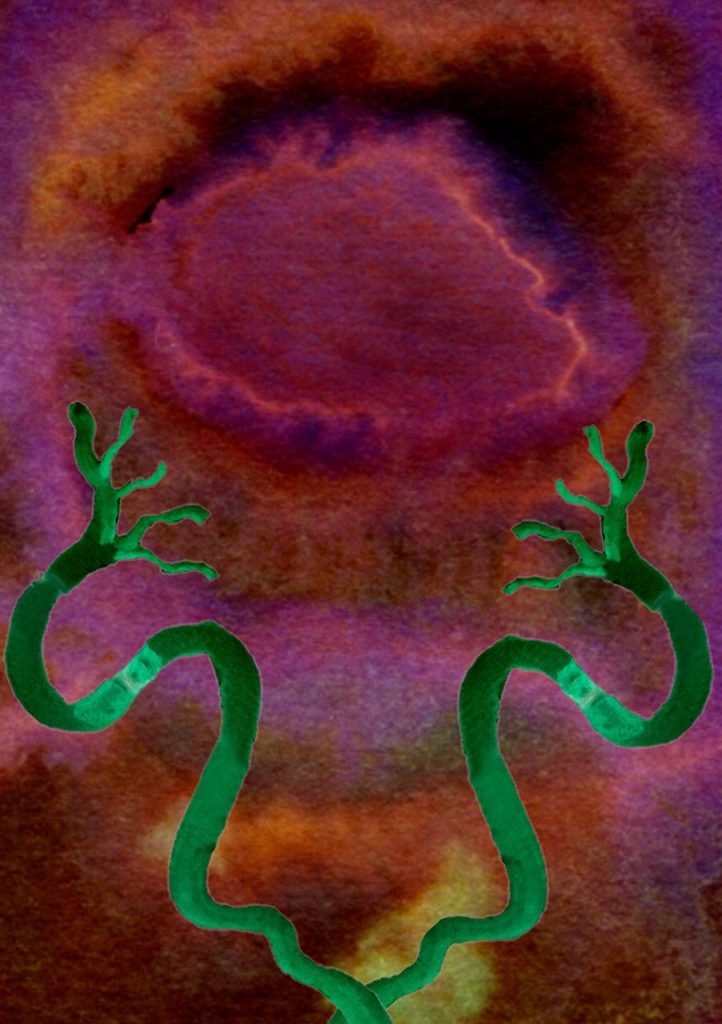
The Witches of Benevento: the visit with the Anthropologist Maria Scarinzi
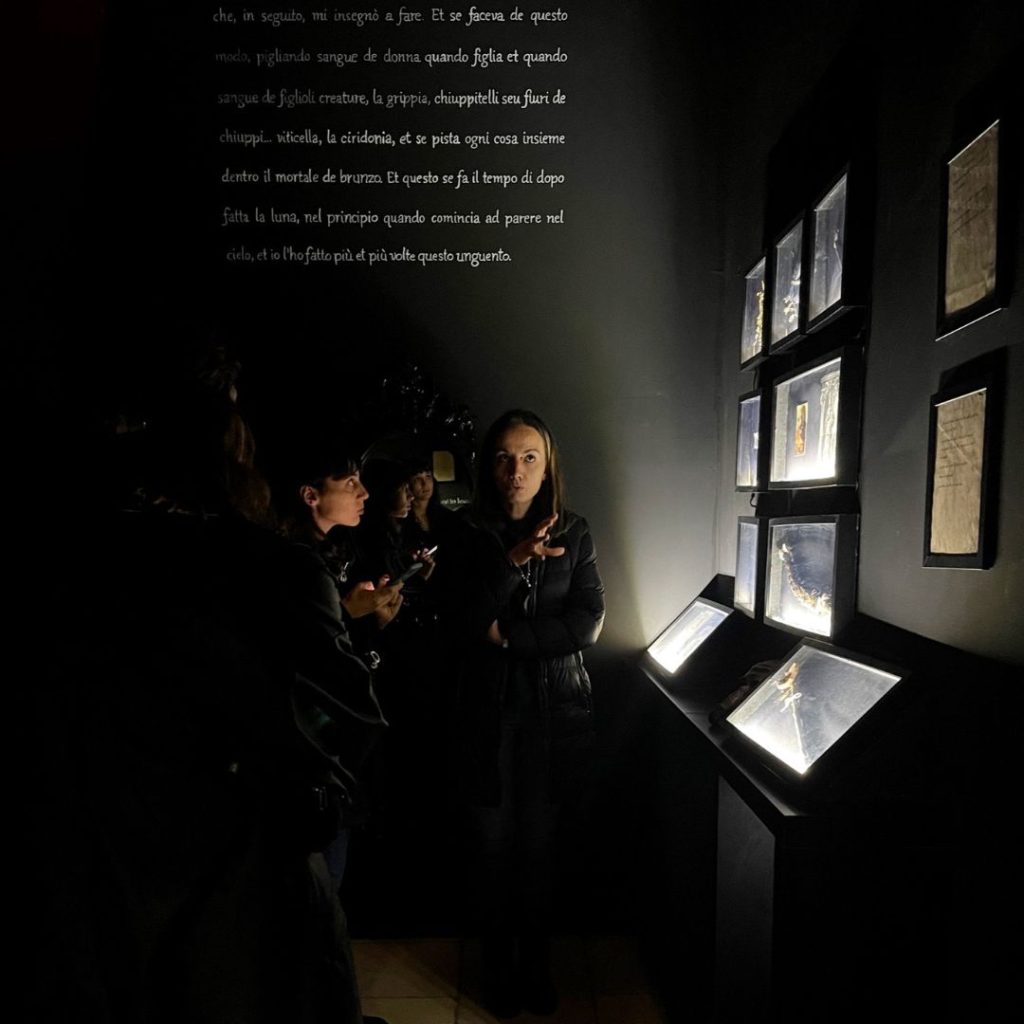
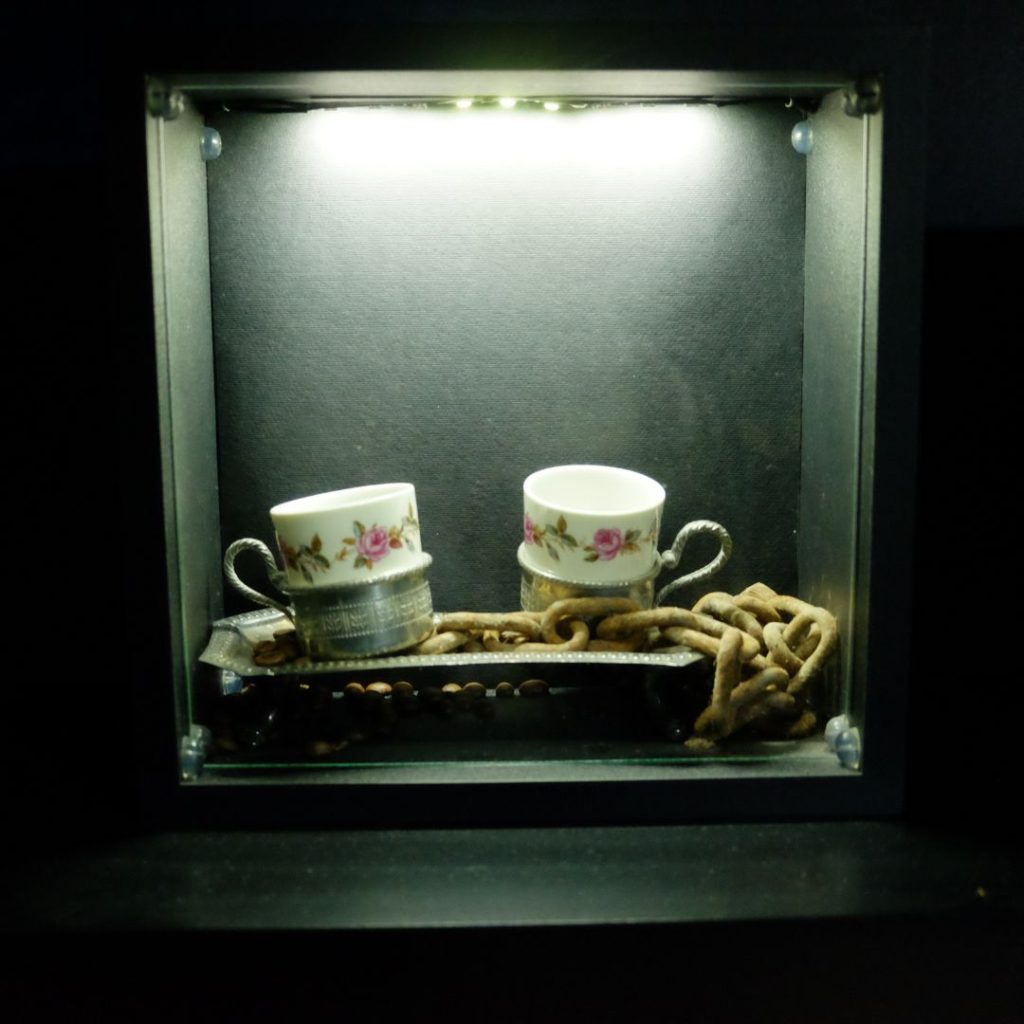
From this visit, it emerged that the janara was an expert in medicinal herbs, a wise and powerful woman with a free disposition when women did not have cultural or professional spaces to confront each other.
Interview to the artist Derek Di Fabio
The Fanzine showed during the Alta Marea Fest
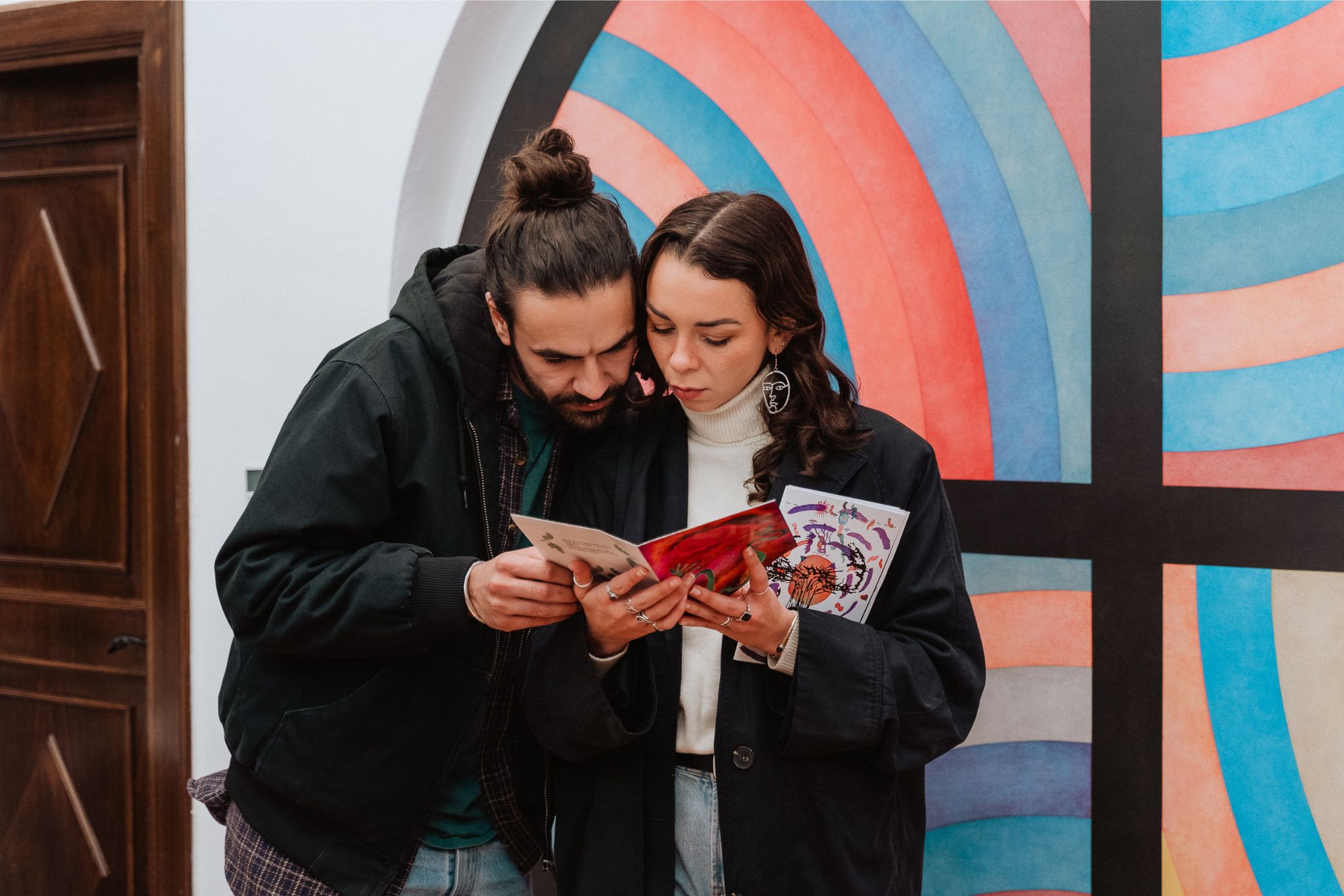
From the residence of the collective, the first graphic work was born, which took the form of a fanzine, already presented during the two days of Alta Marea Fest.
Lavoro Oscuro: visual notes and the sound piece
Dal medioevo di Trotula e di Hildegarda a quello delle streghe, dai secoli dell’inquisizione alle teorie freudiane sull’isteria, le donne hanno sempre testimoniato una grande familiarità con l’erboristeria come pratica terapeutica e come memoria di un mondo ormai passato. quel che sta succedendo e ciò che siamo. La via di colei che ha osato e colei che ha condiviso.
Estratto da lavoro oscuro Collettivo ৺ ෴ ර ∇ ❃ ﹌﹌ 2022
